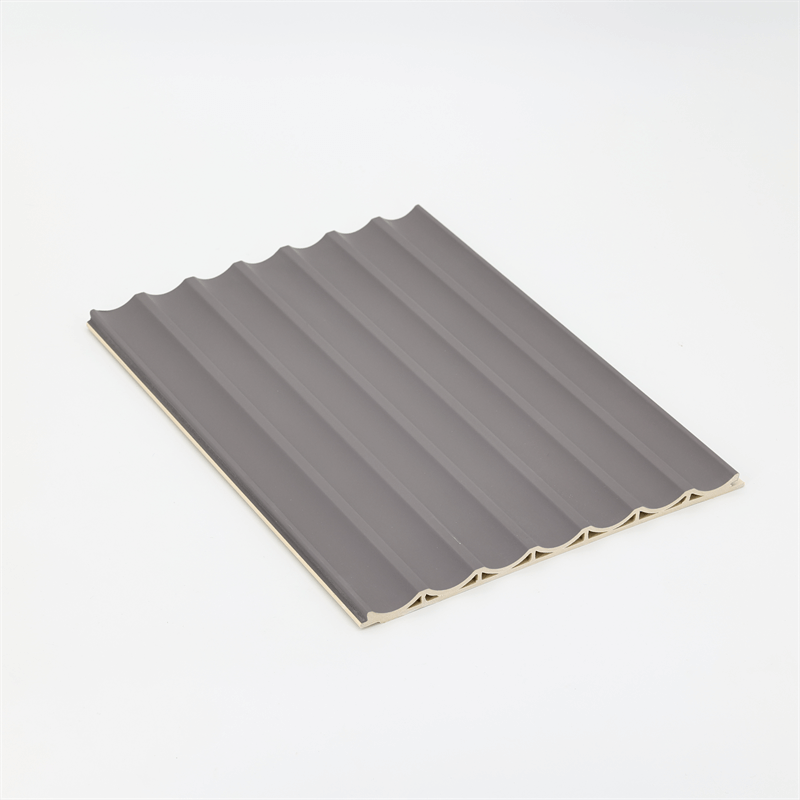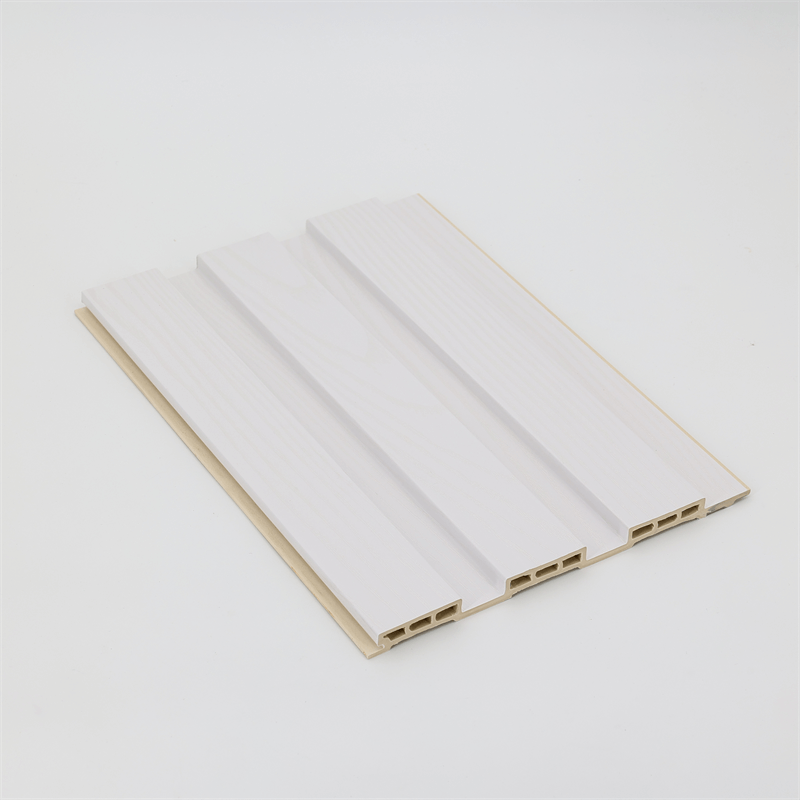Moisture resistance is a crucial factor to consider when selecting wall paneling materials, especially in humid environments.
WPC (Wood-Plastic Composite) wall panels have gained popularity due to their exceptional resistance to moisture.
This essay explores the benefits of using WPC wall panels in humid environments, highlighting their waterproof properties,
prevention of mold and mildew growth, ability to withstand high humidity levels, and long-term durability.
I. Waterproof Properties:
One of the key advantages of WPC wall panels in humid environments is their inherent waterproof properties.
Unlike traditional wood panels, which are prone to swelling, warping, and rotting when exposed to moisture, WPC panels are impervious to water damage.
The composition of WPC panels includes a blend of wood fibers and polymer resins, creating a material that is highly resistant to water absorption.
This characteristic ensures that the panels remain structurally intact and aesthetically pleasing even in the presence of moisture.
The waterproof nature of WPC panels makes them suitable for various applications in humid environments, such as bathrooms, kitchens, basements, and coastal areas.
These panels act as a protective barrier, preventing water from seeping into the walls and causing damage.
II. Prevention of Mold and Mildew Growth:
Humid environments provide the ideal conditions for mold and mildew growth, posing a significant risk to both the structural integrity and indoor air quality of a space.
WPC wall panels offer excellent resistance to mold and mildew, making them an ideal choice for humid environments.
The combination of wood fibers and polymer resins in WPC panels creates a surface that is inhospitable to mold and mildew.
Unlike organic materials like natural wood, which provide a food source for mold, WPC panels do not support the growth of these microorganisms.
Additionally, the waterproof nature of WPC panels prevents moisture from penetrating the walls and creating a conducive environment for mold and mildew.
The absence of moisture accumulation on the panel’s surface inhibits the growth and proliferation of these harmful organisms.
By choosing WPC wall panels, homeowners and building occupants can enjoy a healthier indoor environment with reduced risks of allergies and respiratory issues associated with mold and mildew exposure.
III. Ability to Withstand High Humidity Levels:
Humidity levels in certain regions can reach extreme highs, posing a challenge for traditional wall paneling materials.
WPC wall panels are designed to withstand high humidity levels, ensuring their durability and performance in such environments.
The composition of WPC panels imparts them with dimensional stability, allowing them to resist expansion and contraction caused by fluctuations in humidity.
This stability ensures that the panels maintain their shape and structural integrity over time, even in high humidity conditions.
Furthermore, the inherent moisture resistance of WPC panels prevents them from absorbing excess moisture from the air.
This resistance minimizes the risk of swelling, warping, or buckling, ensuring that the panels remain visually appealing and functional in humid environments.
IV. Long-Term Durability:
The combination of moisture resistance, dimensional stability, and resistance to mold and mildew growth contributes to the long-term durability of WPC wall panels in humid environments.
These panels can withstand the challenges posed by moisture, maintaining their structural integrity and aesthetic appeal for years to come.
Unlike materials that are prone to water damage and deterioration, WPC panels require minimal maintenance to keep them in optimal condition.
The non-porous surface of these panels makes them easy to clean and prevents the accumulation of dirt, grime, and stains.
Additionally, the resistance of WPC panels to UV radiation ensures that their color and finish remain vibrant and intact, even in humid and sun-exposed areas.
This UV resistance prolongs the lifespan of the panels, reducing the need for frequent replacements and repairs.

WPC wall panels offer numerous advantages in humid environments, making them an ideal choice for moisture-prone areas.
Their waterproof properties, prevention of mold and mildew growth, ability to withstand high humidity levels, and long-term durability make them a reliable and practical option for interior wall paneling.
By choosing WPC wall panels, homeowners and builders can ensure the longevity and aesthetics of their spaces in humid environments.
The moisture resistance of these panels provides peace of mind, knowing that the walls are protected from water damage, mold, and mildew.
Furthermore, the durability of WPC panels reduces maintenance requirements and contributes to a healthy and visually appealing indoor environment.
In conclusion, WPC wall panels are an excellent choice for humid environments due to their exceptional moisture resistance.
Their waterproof properties protect against water damage, ensuring the structural integrity and aesthetics of the walls.
The prevention of mold and mildew growth provides a healthier indoor environment, free from allergens and potential respiratory issues.
WPC panels are designed to withstand high humidity levels, maintaining their dimensional stability and preventing warping or buckling.
This durability ensures their long-term performance and minimizes the need for frequent replacements or repairs.
By selecting WPC wall panels, homeowners and builders can confidently create beautiful and functional spaces in humid environments.
The combination of moisture resistance, mold prevention, high humidity tolerance, and long-term durability makes WPC panels an ideal solution for bathrooms, kitchens, basements, and other moisture-prone areas.
Moreover, WPC wall panels offer a wide range of design options, allowing for customization to suit any interior décor style.
The availability of various colors, textures, patterns, and finishes ensures that the panels can complement and enhance the overall aesthetic of the space.
Overall, WPC wall panels provide an effective and reliable solution for moisture management in humid environments.
Their ability to withstand water damage, prevent mold growth, withstand high humidity levels, and offer long-term durability makes them an excellent investment for creating beautiful, functional, and moisture-resistant interiors.


